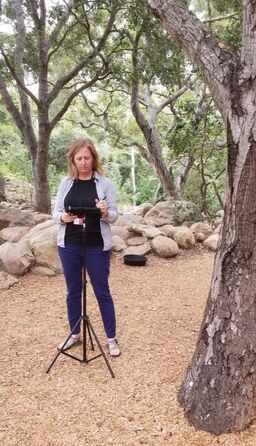|
Behavior mapping is a field-based, quantitative research method which documents the behaviors supported by the physical environment. Data collection begins with a base map and list of behaviors to be observed; data can be collected with pen and paper, digitally, or some combination of the two. The site is divided into smaller areas which the researcher scans systematically. The location of the observed behavior is recorded on the base map and the actual behavior is record in a table. Over time, patterns in the data begin to emerge which elucidate the behaviors supported by specific elements within the physical environment.
I utilize behavior mapping to understand the influence of the physical environment on behavior. The focus on behavior is appropriate given my overarching interest in human development. Behavior represents an instance in time, i.e., a snapshot, and development is the album containing all the snapshots. By understanding behavior, you potentially understand the possible trajectory of development. Behavior mapping allows researchers to identify which characteristics of the physical environment support specific behaviors so that designers can create physical environments that encourage these behaviors. Behavior mapping allows one to document the current usage of a site, compare use across sites, and document the change in usage of a site after a renovation. |
Publications:
- Little, S. (2020). Engaging Youth in Placemaking: Modified Behavior Mapping. International Journal of Environmental Research and Public Health, 17(18), 6527. Retrieved from https://www.mdpi.com/1660-4601/17/18/6527
- Loebach, J., Cox, A., & Little, S. (2020). Behavior mapping as a tool for capturing the activities of youth in public spaces. In J. Loebach, S. Little, A. Cox, & P.E. Owens (Eds.), Routledge Handbook of Designing Public Spaces for Young People: Processes, Practices and Policies for Youth Inclusion. New York: Routledge.
- Cox, A., Loebach, J., & Little, S. (2018). Understanding the Nature Play Milieu: Using Behavior Mapping to Investigate Children’s Activities in Outdoor Play Spaces. Children, Youth and Environments, 28(2), 232-261. doi:10.7721/chilyoutenvi.28.2.0232.
- Little, S. (under review). Engaging Youth in Placemaking: Modified behaviour mapping.

